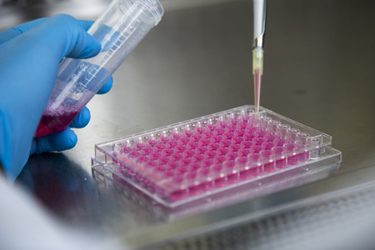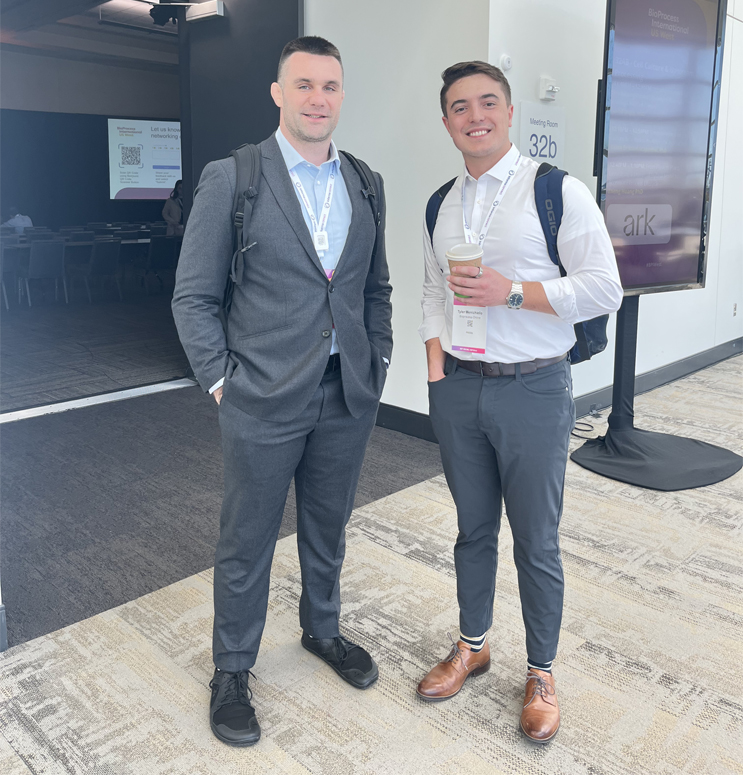From BPI West: An Upstream Scientist's Advice On Target Glycosylation

By Tyler Menichiello, Chief Editor, Bioprocess Online

While at this year’s BioProcess International (BPI) U.S. West conference, I struck up a conversation with Jared Dopp, Ph.D., a senior scientist in upstream biologics development at Bristol Myers Squibb. At the conference, he spoke at two sessions: a panel discussion titled “Continuous Vs. Fed-Batch: The Ongoing Debate” and “Upstream Levers for Modulating Product Quality of Biologics During CHO Cell Culture.”
I asked Dopp about his thoughts on the conference and his experience as an attendee. I also asked what advice he would give to our readers working in upstream development. Below are his responses to these questions (edited slightly for clarity).
What advice would you give our readers when it comes to upstream development?
I would give advice on glycosylation. One of the big things that I think people need to understand is the difference between having a target glycosylation and not having one. If you have a target, then all the development you do needs to be aimed at reaching that target, obviously, right? But if you don't have a target, this is where things start to become a little complicated.
When you're doing your clone selection process or when you're doing your process development, you're going to have to decide: Do you want a clone that is robust? One where, no matter what you do to it, your product quality attributes don't change very much? Or do you want one that is less robust? And I don't mean that in terms of growth — I hope that any clone someone would select would have a robust growth profile! But is that clone’s product quality, its glycosylation, sensitive to the changes you're making?
I think that's a decision people need to start making rather quickly. Do you want a clone that's going to always give you the same product quality profile? That's going to make it harder for people down the line when a spec might become available. If you need to change your quality profile, it's going to be really challenging. On the other hand, if you know that it may change down the line, sometimes it's better to go with a more sensitive clone so you can start to push towards the glycosylation profiles you want.

What have you been seeing at the conference? What are you excited by, and what are other people talking about?
There are a lot of presentations involving AI and machine learning (ML) models, and a lot of people mentioning data: data curation, data completeness, and how much of a challenge it is for big companies to get all of their data in one place. It's certainly something that I've seen and experienced, so it's been exciting to see other people working towards that goal. That seems to be becoming an industry standard, and I really like that.
It's good to see other people implementing AI and ML, which I do a little bit of as well. More alternatives are being developed to the systems that already exist, which I think is great. The other thing that I've been really excited about is some of the presentations I've seen today on cell line development (CLD) and their relationship to glycosylation and cellular metabolism. They have actually been fantastic, and it’s been really great to see those presentations.
